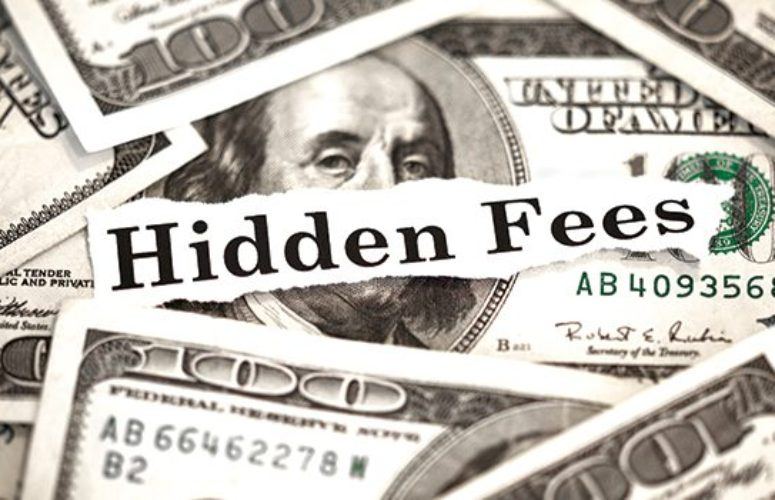
Retirement Plans’ Hidden Fees
You could be losing tens, if not hundreds, of thousands of dollars in your retirement savings.
By Robert Lakind, Esq, LL.M. in Taxation On Feb 27, 2017Your retirement plan may be losing thousands of dollars as a result of paying excess fees. The US Department of Labor calculates that approximately one third of retirement assets are forfeited by paying excessive fees. A recent study found that many employees will pay an estimated $340,000 in lifetime fees. Most of these fees can be avoided and the problem readily addressed. This article describes how retirement plans work, the categories of fees paid, explains their impact on retirement savings, describes why fees tend to be ignored and suggests a remedy.
How Your 401(k) Plan Works 401(k) plans are established by employers. Employers usually retain a broker who evaluates providers that service 401(k) plans, and the broker recommends which provider the employer should choose. Once a plan service provider is selected, it provides the employees with a menu of investment options for their savings.
The brokers who recommend the plan service providers are normally paid commissions by the very same plan service providers. Brokers have an incentive to maximize their commissions and do this by touting providers who offer them generous commissions. The commission is calculated as a percentage of the assets the employer and employees have invested in the plan, called “assets under management” or AUM. So, if your plan has $100,000 in assets and the brokerage commission is 5 percent, $5,000 will be deducted from the plan’s assets annually. Further, because commissions are calculated on a percentage basis, they grow as assets increase. When a plan grows from $100,000 to $1,000,000, the commission the broker receives grows tenfold.
What Fees Do 401(k) Participants Pay? 401(k) service providers charge for their services. While all providers generally provide the same services, their fees vary widely. Besides the brokers’ commissions, plan members pay annual investment management fees, which are charged by the investment choices offered with your plan and range from .05 percent to over 1 percent. Providers also charge plans’ administrative fees for recordkeeping, which vary by vendor, and distribution fees for marketing. The distribution fee is generally .25 percent and is federally regulated because providers have a conflict. They have an incentive to use investor money, rather than their own, to market their services because if their customer base increases, the AUM increases and this results in increased fees, usually without benefit to the plan member. Many times, investors also pay “front end loads” each time they purchase an investment, which can be as high as 5.5 percent. So, if you’re investing $10,000 in a mutual fund with a 5.5 percent front end load, you’re paying $550 on your investment.
The Impact of Fees on Retirement Plan Growth Because fees are deducted from plan assets, they reduce earnings and, because retirement plan investments are long term, significantly erode growth. As the SEC explained, fees of investment choices “may seem small, but, over time, they can have a major impact on your investment portfolio.” Similarly, the Department of Labor notes, a “1 percent difference in fees and expenses would reduce your account balance at retirement by 28 percent.” Thus, a 1 percent difference in fees, which is not uncommon, can cost a single worker well over $100,000.
Why Are Fees Ignored? Usually, the largest investor in a retirement plan is the company owner or executives. Yet, they frequently purchase high cost plans. Why? One explanation is that brokers are often conflicted because high cost plans pay larger brokerage commissions. Another explanation is that employers lack the expertise to evaluate providers. The most common explanation is that plan fees seem small, but in reality, are large.
What Can You Do About Excess Fees? Unless your plan has large cancellation fees, there is a remedy. Retain a knowledgeable lawyer to review your plan expenses and make recommendations as to how they can be reduced. Not only is this the right thing to do for your employees, but the failure to ensure that your plan’s fees are reasonable can expose you to liabilities. In short, you can increase the retirement assets of yourself and your employees by following a few simple cost effective steps.
About the Author: Robert Lakind, Esq, LL.M. in taxation, is a member of Szaferman Lakind’s general and commercial litigation group and business group. He can be reached at 609-275-0607.
Related Articles:






